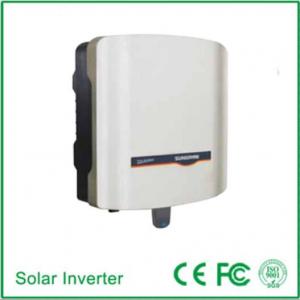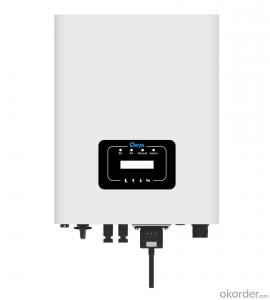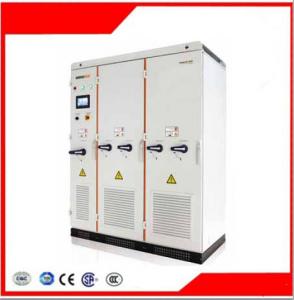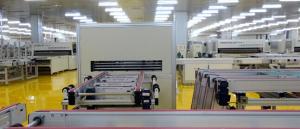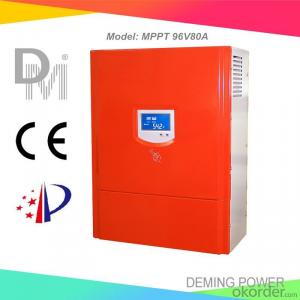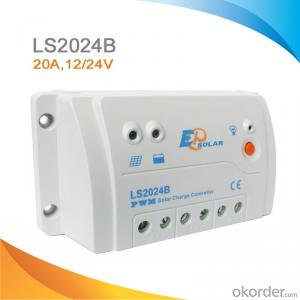Sma Solar Inverter Manual
Sma Solar Inverter Manual Related Searches
Solar Inverter User Manual Solar Inverter Service Manual Solar Pump Inverter Manual Sma Solar Inverter Sma Solar Panel Inverter Solar Sma Inverter Sma Solar Inverter App Mpp Solar Inverter Manual Sma Solar Micro Inverter Tmeic Solar Inverter Manual Mppt Solar Inverter Manual Tesla Solar Inverter Manual Solis Solar Inverter Manual Solar Edge Inverter Manual Delta Solar Inverter Manual Solar Inverter Sma Sma Solar Inverter Warranty Abb Solar Inverter Manual Aurora Solar Inverter Manual One Solar Inverter Manual Sma Solar Technology Inverter Sma Solar Hybrid Inverter Growatt Solar Inverter Manual Sma Hybrid Solar Inverter Ever Solar Inverter Manual Sma Solar Inverter Price T Solar Inverter User Manual Sma Commercial Solar Inverter Abb Uno Solar Inverter Manual Sma Solar Inverter GermanySma Solar Inverter Manual Supplier & Manufacturer from China
Sma Solar Inverter Manual encompasses a range of products designed to optimize solar energy conversion and management. These inverters are engineered to cater to various residential, commercial, and industrial applications, ensuring efficient power generation and reliable performance. They are equipped with advanced features such as maximum power point tracking (MPPT) and islanding protection, which enhance their functionality and safety in different environments. The Sma Solar Inverter Manual provides comprehensive guidance on installation, operation, and maintenance, making it an essential resource for users and technicians alike.The Sma Solar Inverter Manual is particularly useful in scenarios where solar energy is harnessed to power homes, businesses, and even large-scale projects. It offers detailed instructions on how to integrate these inverters into existing electrical systems, as well as how to troubleshoot common issues that may arise during their operation. This manual is a valuable tool for anyone looking to maximize the efficiency and longevity of their solar power setup.
Okorder.com stands out as a prominent wholesale supplier of Sma Solar Inverter Manual products, boasting a vast inventory that caters to the diverse needs of customers worldwide. With a commitment to quality and customer satisfaction, Okorder.com ensures that each Sma Solar Inverter Manual is thoroughly tested and verified before being shipped to its destination. This online platform provides an accessible and convenient way for buyers to purchase these manuals at competitive prices, making it an ideal choice for those seeking to invest in solar energy solutions.
Hot Products





